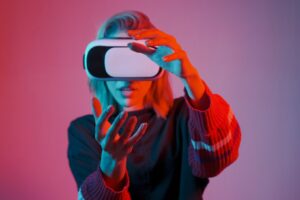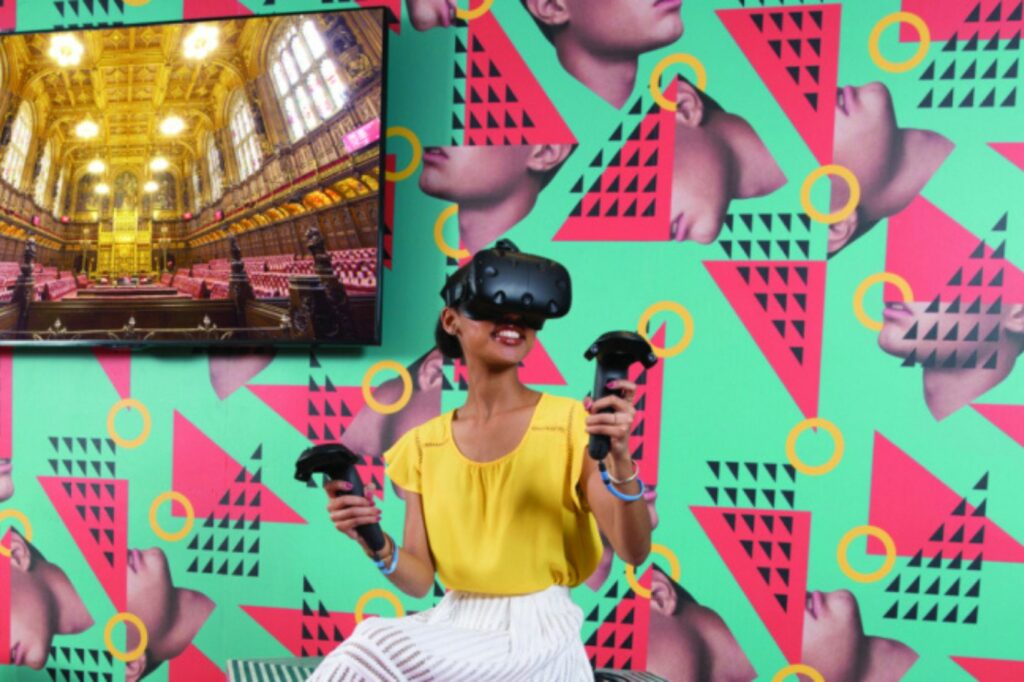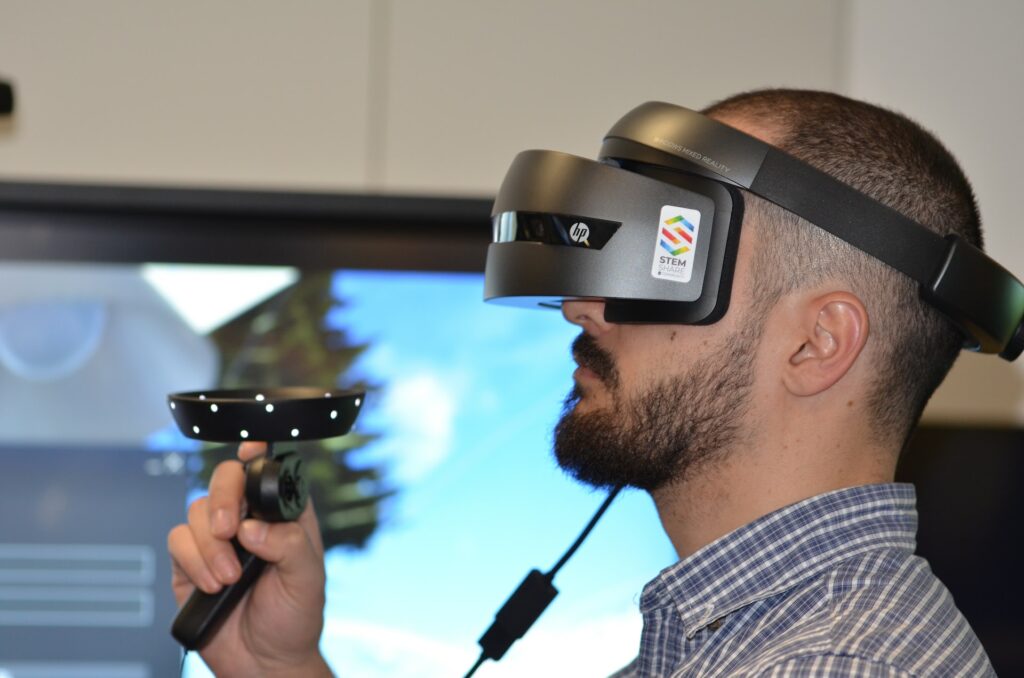Dive into the world of virtual reality (VR), a revolutionary technology that’s reshaping our perception of the digital realm. This immersive experience is no longer a figment of sci-fi imagination but a tangible reality, transforming industries from gaming to healthcare.
In this article, we’ll peel back the layers of VR, exploring its aesthetics and how it’s crafted to captivate users. We’ll delve into the intricacies of VR environments, the power of 360-degree visuals, and the sensation of stepping into an entirely new world. So, strap on your VR headset and prepare for an exhilarating journey into the future of technology.
What Does Virtual Reality Look Like
Transforming a user’s perception of reality, VR’s visuals encompass a broad spectrum of artificial environments varying from simple polygonal structures to photorealistic representations. Its interactive visuals go beyond mere visual display, enveloping a user’s senses to simulate a reality that’s not physically present.
Virtual Reality and the Perception of Space

In manipulating spatial perception, VR crafts environments that carry a sense of depth and distance. Spatial perception, integral to VR’s functionality, facilitates interactions within a virtual environment that mirrors the physical world. VR recreates the sense of object permanence, letting a user move around in the virtual space consistently. Its labyrinth of environments, be it a real-world replica like the streets of Paris or a fantastical landscape on Mars, emerge from a combination of depth perception, motion parallax, and binocular disparity. These elements, working together, enable the brain’s perception of depth, giving the illusion of a three-dimensional space.
Experiencing Virtual Reality
Embarking on a journey through Virtual Reality (VR) offers thrilling and immersive experiences, given its ability to fabricate enhanced simulations via 360-degree visuals. Here, we explore what to anticipate from a first-time VR venture and discuss the visual capabilities of varying VR devices.
First time VR Experience: What to Expect

A maiden voyage into the virtual world ushers in a sense of awe, often featuring a comfortable VR headset and vibrant visuals punctuated by interactive auditory elements. Initially, users might encounter a sensation of impaired equilibrium caused by the VR simulation manipulating depth perception. However, the discomfort typically fades rapidly.
Throughout the VR session, users interact with the environment in a variety of ways, such as engaging with objects or navigating through spaces, fostering an enhanced sense of immersion. Be it teleconference calls transformed into lifelike meetings or video games facilitating an environment of profound immersion, the first VR experience often leaves one yearning for repeated adventures.
Different Types of VR Devices and Their Visual Capabilities

The quality and extent of the VR experience often hinge upon the capabilities of VR devices. From standalone devices such as Oculus Quest, which provides six degrees of freedom and high-resolution visuals without the need for tethering, to PC-powered systems like the HTC Vive that revel in high-fidelity graphics, there’s a device catering to everyone’s desired VR experience.
Mobile VR headsets, while often viewed as the least powerful of the bunch, can bring VR content to most smartphones. They offer a more affordable and accessible way into VR, albeit at a trade-off in visual quality.
Another device, Microsoft’s HoloLens 2, uses interactive holograms, blurring the line between physical and digital objects. It presents a mixed reality scenario, a notable twist on the traditional VR concept, showcasing how diverse the VR experiences can be.
Redefine Our Perception of Reality
Virtual reality’s transformative power lies in its immersive qualities and the technology behind it. It’s the blend of software platforms and hardware components that bring artificial environments to life, from simple structures to photorealistic representations. Standalone and PC-powered VR devices like Oculus Quest and HTC Vive are leading the charge, offering varying degrees of immersion. The future of VR is exciting, with advancements in high-definition visuals, responsive motion sensors, and user-friendly interfaces on the horizon. VR’s potential impact goes beyond gaming, with industries like healthcare, real estate, and education all set to benefit from its revolutionary capabilities.



